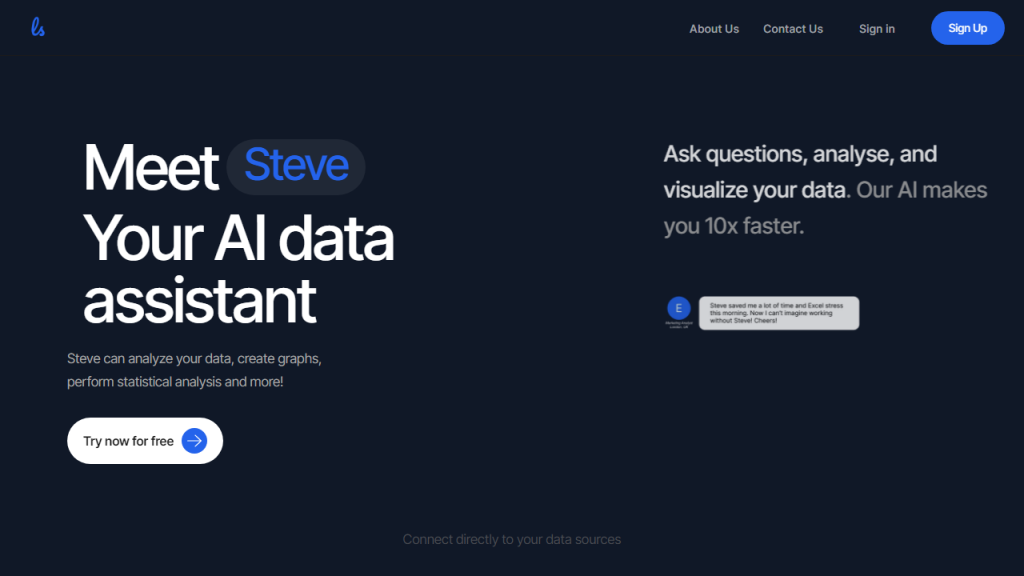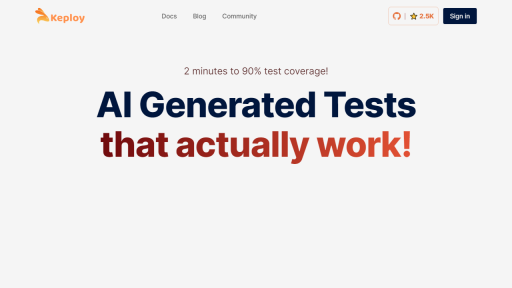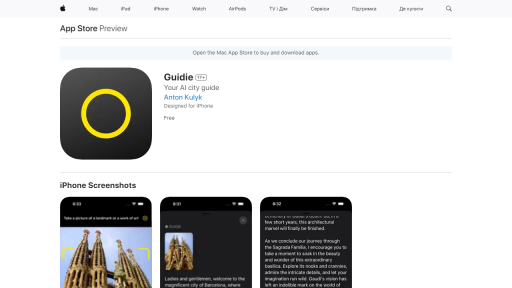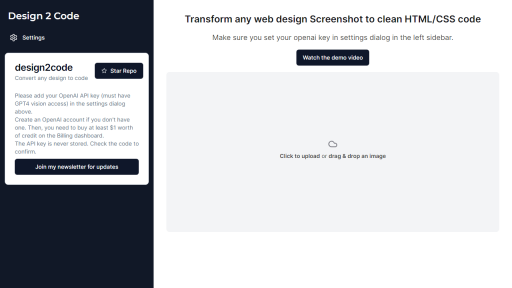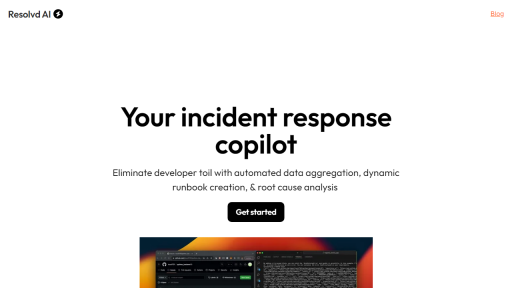What is Latentspace?
Latentspace is an advanced software tool designed for data scientists, machine learning practitioners, and researchers to visualize and explore high-dimensional data in an intuitive manner. It utilizes state-of-the-art dimensionality reduction techniques, such as t-SNE and UMAP, to transform complex datasets into two or three-dimensional representations. This enables users to identify patterns, clusters, and anomalies that may not be immediately apparent in the original high-dimensional space. Latentspace integrates seamlessly with popular programming languages like Python and R, providing a user-friendly interface that supports both coding and point-and-click interactions. This flexibility makes it suitable for both novice users who prefer a graphical interface and seasoned experts who desire programmatic control. By allowing users to manipulate and interact with visualized data, Latentspace empowers them to derive insights and make data-driven decisions effectively. The tool is particularly useful in fields such as bioinformatics, finance, and social sciences, where understanding the relationships and structures within large datasets is crucial for research and analysis.
Features
- Intuitive Visualization: Create interactive 2D and 3D plots to explore high-dimensional data effortlessly.
- Support for Multiple Algorithms: Utilize various dimensionality reduction techniques including t-SNE, UMAP, and PCA.
- Customizable Parameters: Adjust visualization settings dynamically to fine-tune the representation of your data.
- Real-time Data Interaction: Engage with your visualizations by zooming, panning, and selecting data points for detailed analysis.
- Data Integration: Import data from various sources, including CSV files and databases, for convenience and flexibility.
Advantages
- Enhanced Insight: Reveal hidden patterns and relationships in complex datasets, aiding in effective decision-making.
- Time-saving: Rapidly visualize and analyze data without extensive coding or technical expertise.
- User-friendly Interface: Both beginners and advanced users can navigate the tool easily, making it accessible to a broader audience.
- Collaboration: Share visualizations and findings with colleagues or stakeholders directly from the platform.
- Cross-Platform Compatibility: Works seamlessly on various operating systems, enhancing accessibility for diverse users.
TL;DR
Latentspace is an intuitive tool for visualizing and exploring high-dimensional data using advanced dimensionality reduction techniques, suitable for both novice and expert users.
FAQs
What types of data can I visualize using Latentspace?
Latentspace can handle various types of data, including numerical, categorical, and mixed datasets, making it versatile for different fields of study.
Is Latentspace suitable for beginners?
Yes, Latentspace is designed with a user-friendly interface, making it accessible for beginners while also offering advanced features for experienced users.
Can I export my visualizations from Latentspace?
Absolutely! Latentspace allows you to export your visualizations in various formats, including PNG, SVG, and PDF, for easy sharing and reporting.
What programming languages does Latentspace support?
Latentspace primarily supports Python and R, allowing users to leverage existing libraries and frameworks for enhanced functionality.
Is there a community or support available for Latentspace users?
Yes, Latentspace has an active community of users and developers, along with comprehensive documentation and support channels to assist users with any queries.
